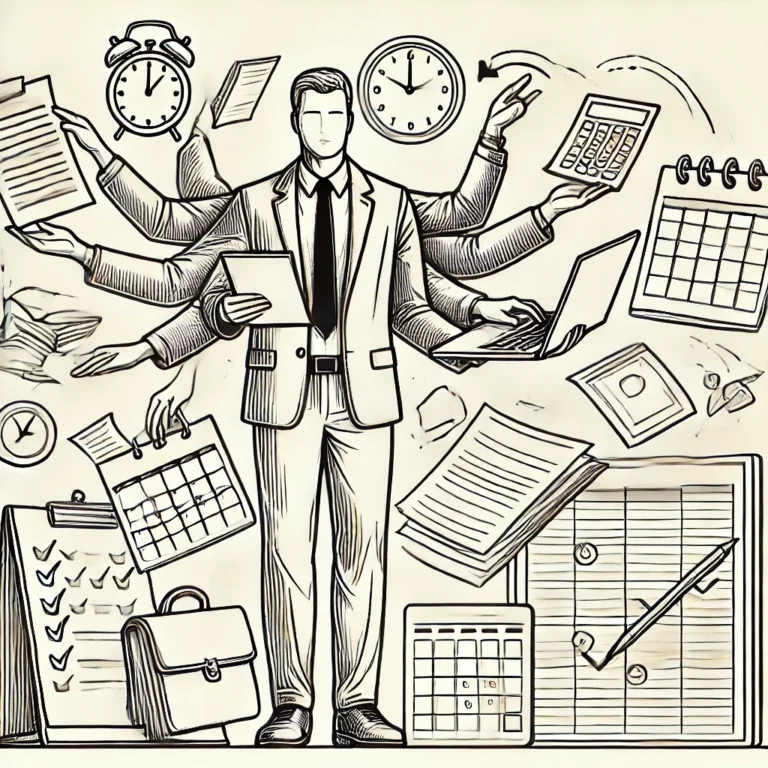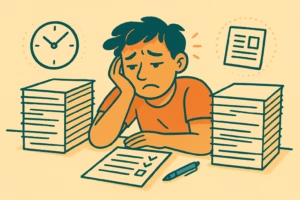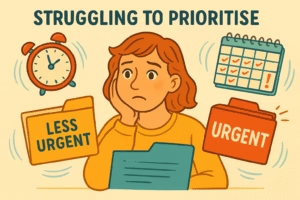Navigating the professional world with ADHD can be challenging, but with the right strategies, adults with ADHD can thrive in the workplace. From managing time effectively to fostering strong communication skills, there are actionable steps that can significantly enhance workplace productivity and job satisfaction. Below are tips to help adults with ADHD succeed professionally.
Understanding ADHD in the Workplace
ADHD affects executive functions like focus, organization, and impulse control. In a workplace setting, these challenges can manifest as difficulty meeting deadlines, staying organized, or managing distractions. However, ADHD also brings strengths such as creativity, problem-solving, and high energy—qualities that can be invaluable in many professions.
Tips for Managing ADHD at Work
1. Time Management Tools
- Use Digital Calendars and Planners: Tools like Google Calendar or Asana can help break down tasks into manageable chunks and set reminders.
- Set Priorities: Identify the most important tasks for the day and tackle them first.
2. Minimize Distractions
- Create a Focused Workspace: Use noise-canceling headphones or a quiet room to reduce external distractions.
- Limit Digital Interruptions: Turn off unnecessary notifications on your devices.
3. Break Tasks into Steps
- Chunking Work: Divide large projects into smaller tasks with specific deadlines to avoid feeling overwhelmed.
- Pomodoro Technique: Work in focused intervals (e.g., 25 minutes) followed by a short break.
4. Leverage Strengths
- Highlight Creative Skills: Offer to take on brainstorming or innovation-focused tasks.
- Build on High-Energy Periods: Identify when you’re most productive during the day and plan demanding tasks during those times.
5. Seek Accommodations
- Flexible Work Hours: If available, adjust your schedule to align with peak productivity periods.
- Task Delegation: Discuss workload distribution with your manager to ensure balance.
Effective Communication Strategies
1. Be Transparent
- Share your needs with trusted colleagues or supervisors to foster understanding and collaboration.
2. Practice Active Listening
- Repeat key points during conversations to ensure clarity and minimize misunderstandings.
3. Ask for Feedback
- Regularly seek constructive input to identify areas for improvement and build rapport with your team.
Self-Care and Workplace Balance
1. Regular Exercise
- Physical activity can boost focus and reduce hyperactivity. Even a short walk during lunch can be beneficial.
2. Healthy Nutrition
- Maintain a balanced diet to support energy levels and cognitive function throughout the day.
3. Mindfulness Practices
- Techniques like meditation or breathing exercises can help manage stress and enhance focus.
Resources for Support
- ADHD Coaching UK: Offers tailored coaching for workplace success.
- Mind UK: Provides guidance on workplace mental health.
- NHS ADHD Guide: Comprehensive information on managing ADHD.




